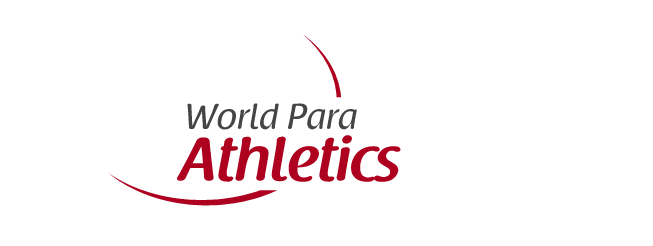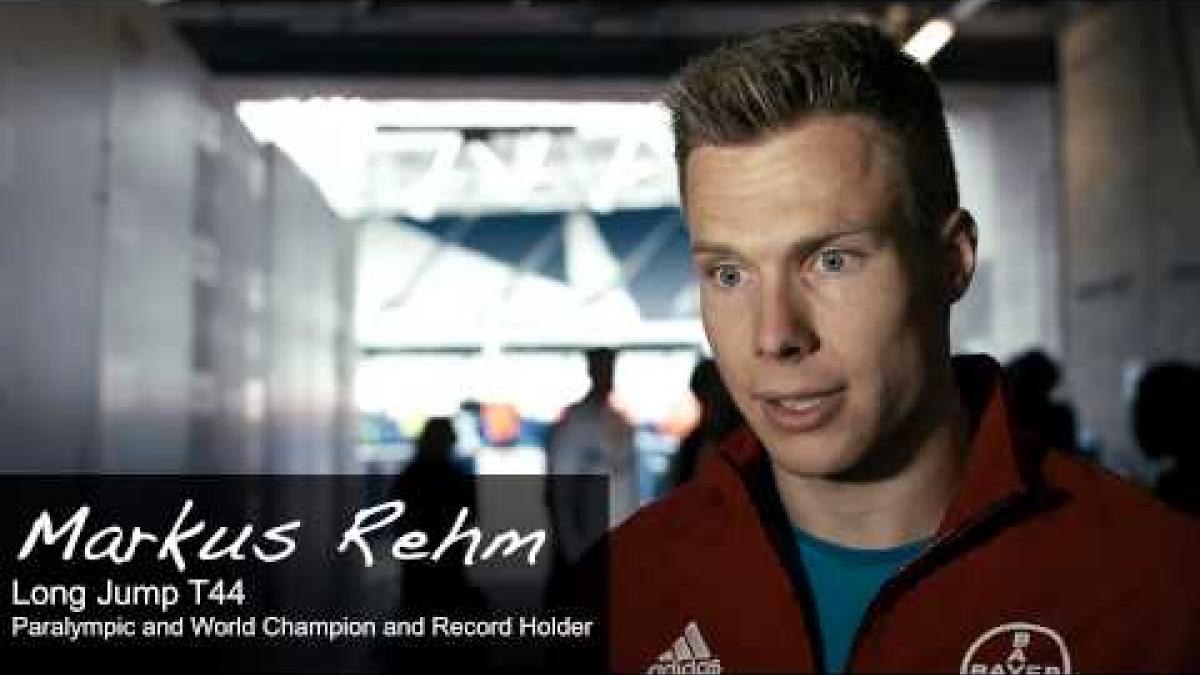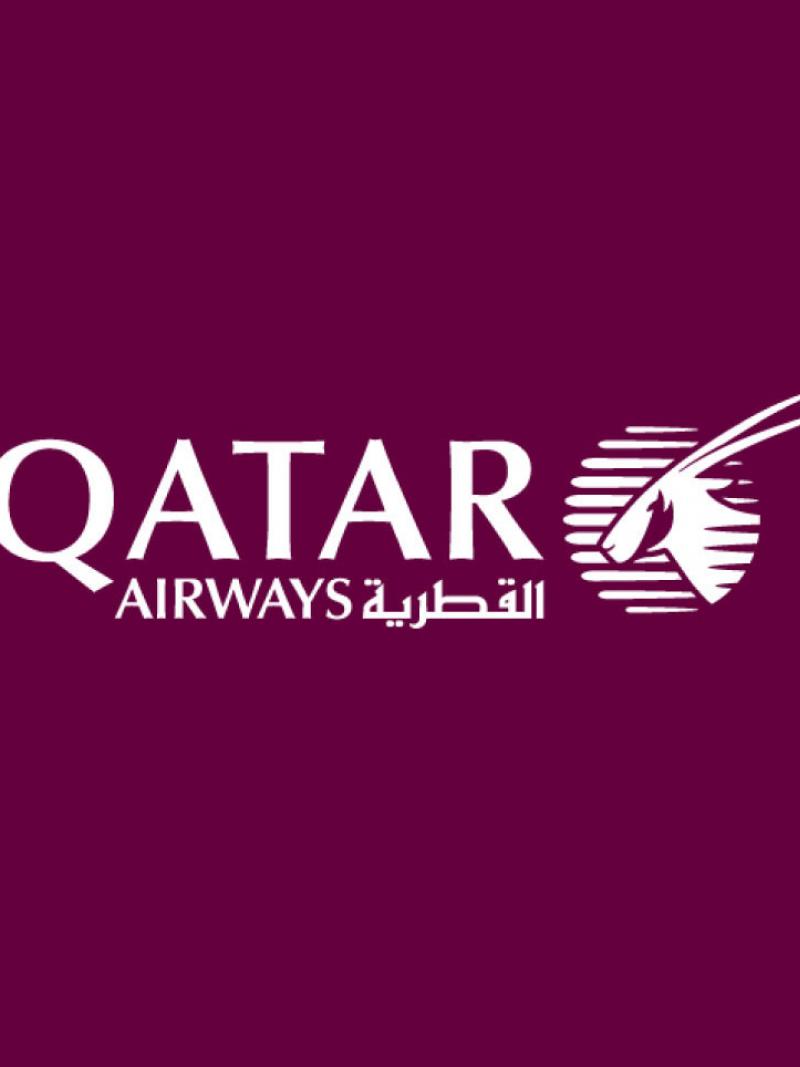Doha 2015 Newsletter - Understanding Para-Athletics
T11 Classification (Please find Arabic text below) 17 Sep 2015Para-athletics classifications are denoted using a letter prefix of either ‘T’ for track or ‘F’ for field, as well as a number which indicates the nature and severity of the impairment. This week’s incredible story focuses on Terezinha Guilhermina, who has retinitis pigmentosa (RP) and competes under the T11 classification, which is one of three classifications for athletes with visual impairments.
Athletes who compete under the T11 classification, such as Guilhermina, will have either no light perception in either eye, or some light perception but an inability to recognise the shape of a hand at any distance or direction. T11 athletes are allowed to use guides in competition, who are a vital part to the success of the athlete and requires rigorous practice to hone the coordination needed to excel. The other two visual impairment classifications are T12 and T13, where athletes have less of a visual impairment.
Guilhermina has RP, which is an inherited, degenerative eye disease. The disease affects the retinas, more specifically the rods and cones that allow for light and shape detection. Currently there is no cure for the disease, which affects approximately one in 3,000 to one in 5,000 individuals. RP affects about 1.5 million people worldwide and is the most common of the retinal degenerations; it is the leading cause of inherited blindness – all which makes Guilhermina’s success all the more incredible.
----
فهم طبيعة ألعاب القوى لذوي الإعاقة
تصنيف فئة الإعاقة البصرية (T11)
يُرمز لتصنيفات ألعاب القوى لذوي الإعاقة باستخدام بادئة إما بحرف T ويمثل المسار، أو بحرف F ويمثل الاختصاص، فضلاً عن العدد الذي يدل على طبيعة الإعاقة وشدتها. قصة الكفاح التي لا تصدق هذا الأسبوع هي للعدَّاءة البرازيلية تيريزينها غيولهيرمنا، التي تعاني من إعاقة بصرية تتمثل في التهاب الشبكية الصباغي، وتنافس ضمن فئة ذوي الإعاقة البصرية (T11) التي تعد واحدة من ثلاثة تصنيفات خاصة بالرياضيين ذوي الإعاقات البصرية.
يتعين على المتنافسين ضمن فئة ذوي الإعاقة البصرية (T11)، مثل تيريزينها غيولهيرمنا، أن تكون لديهم إعاقة بصرية تتمثل إما في عدم إبصار الضوء تماماً في أي من العينين، أو تكون لديهم قدرة جزئية على إبصار الضوء ولكن ليس بمقدورهم التعرف مثلاً على شكل اليد لأي مسافة أو في أي اتجاه. ويُسمح للرياضيين في هذه الفئة استخدام مرشدين خلال المنافسة. ويمثل المرشد عاملاً حيوياً مطلوباً لنجاح المتنافس، ويلزمه ممارسة صارمة لصقل مهارة التنسيق اللازمة مع اللاعب لتحقيق التفوق. تتمثلُ فئات الإعاقة البصرية الأخرى في (T12) و (T13) وهم الرياضيون الذين يعانون من نسبة إعاقة بصرية أقل عن الفئة السابقة.
وتُعاني العدّاءة تيريزينها غيولهيرمنا من التهاب الشبكية الصباغي، وهو مرض وراثي من أمراض العيون التنكسية. يؤثر المرض على شبكية العين، وبشكل أكثر تحديداً على طبقة النَّبابيتِ والمَخاريط التي تمكن العين من التعرف على الضوء والأشكال. لا يوجد حتى الآن علاج لهذا المرض الذي يصيب شخصاً واحداً تقريباً بين كل ثلاثة آلاف إلى خمسة آلاف انسان. يصيب التهاب الشبكية الصباغي حوالي 1.5 مليون شخص في جميع أنحاء العالم، وهو المرض الأكثر شيوعاً بين أمراض تنكس شبكية العين، فضلاً عن كونه السبب الرئيسي لفقدان البصر الوراثي. كل ذلك يجعل من البطلة تيريزينها غيولهيرمنا قصة نجاح مذهلة لا تصدق.

 Facebook
Facebook
 Instagram
Instagram
 Twitter
Twitter
 Youtube
Youtube

![My Incredible Story by Terezinha Guilhermina [English Subtitles]](https://i.ytimg.com/vi/lUKyjp7hYTs/hqdefault.jpg)


![My Incredible Story by Terezinha Guilhermina [English Subtitles]](/sites/default/files/styles/video_crop_16_9/public/oembed_thumbnails/3nZfJ5bOMxjDw2ArfcgxV5biUfiqXWQalfB2bhcPeEQ.jpg?itok=i6MNHf2r)